A simple diagram is shown here, where a single loop controller controls the speed of a DC electric motor using the concept of feedback control.
Single Loop Controller
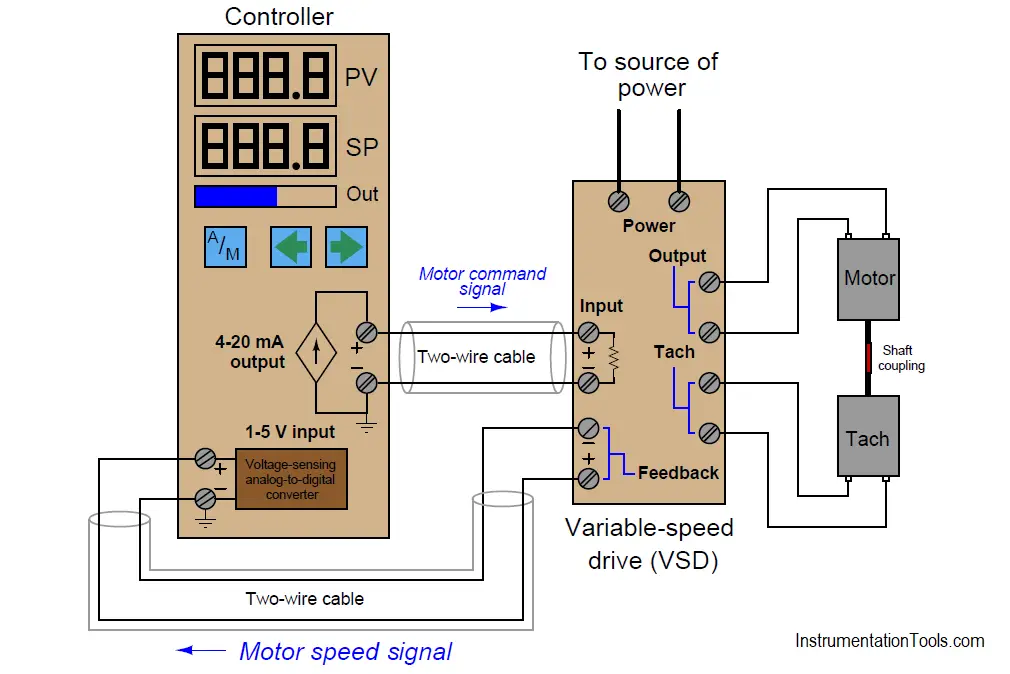
The motor receives its power from the Variable-Speed Drive (VSD), and reports shaft speed to the controller by means of a tachogenerator (“tach”) which generates a DC voltage proportional to shaft speed. The VSD (or VFD) receives the command signal from the loop controller and tries to maintain the motor speed accordingly. Also, the VSD sends the actual motor speed signal back to the loop controller.
Note:
- For study purpose, we consider the 12V small motor.
- We can replace the single-loop controller with a PID controller in PLC or DCS systems also.
Lets study in the following ways:
Question 1:
If we Place the controller into manual mode and adjust the controller’s output to see how the motor spins (and how its speed is registered on the controller’s process variable display).
Question 2:
If we Place the controller into automatic mode and adjust the controller’s setpoint to see how well the motor speed tracks setpoint. How closely does the motor speed come to being equal with setpoint? How long does it take the motor speed to equalize with setpoint (if it ever does)?
Question 3:
If we Place the controller into manual mode with the motor spinning at approximately 50% speed, then touch the motor shaft with your finger to “load” it down.
Questions 4:
If we Place the controller into automatic mode with the motor spinning at approximately 50% speed, then touch the motor shaft with your finger to “load” it down. How does the automatic-mode response differ from the manual-mode response? In which mode is the motor easiest for you to slow down?
Share Your Answers and Explanations with us.
If you liked this article, then please subscribe to our YouTube Channel for PLC and SCADA video tutorials.
You can also follow us on Facebook and Twitter to receive daily updates.
Read Next:
- Motor Speed Control using VFD
- Variable Frequency Drive Principle
- PID Controller Analysis
- Closed Loop Control System
- Instrumentation Technician MCQ
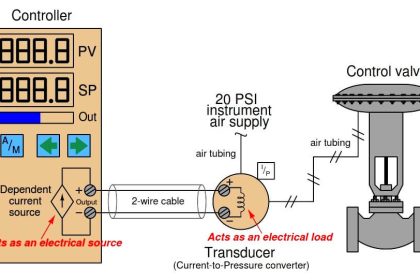
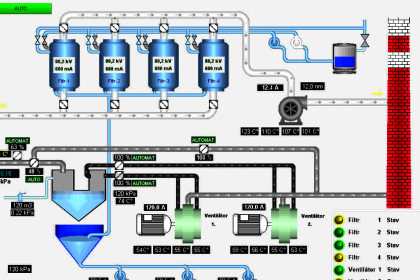
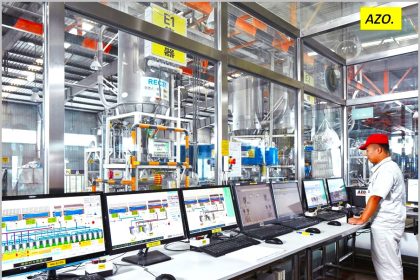
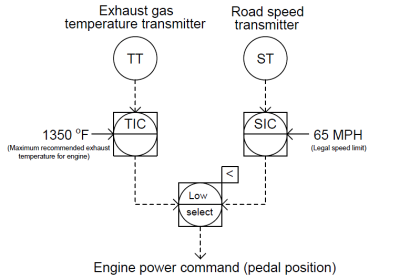
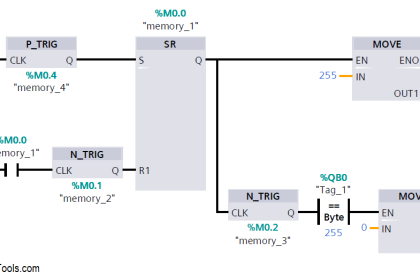
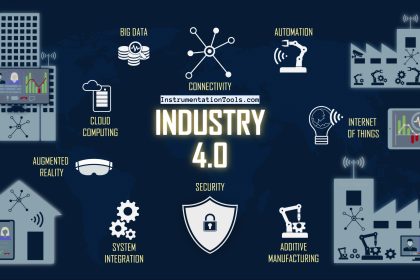
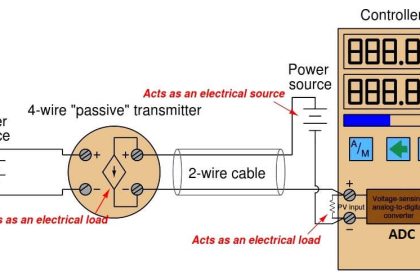

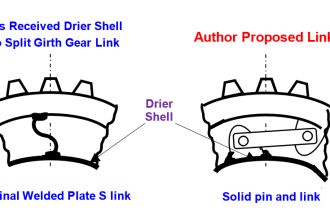
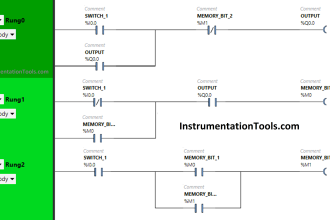
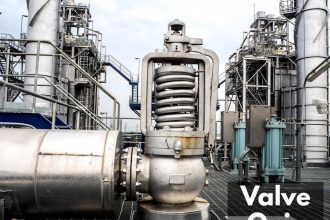

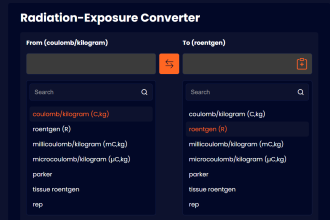
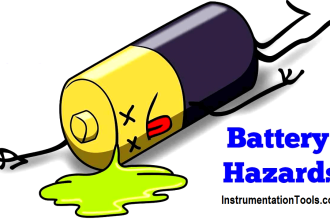
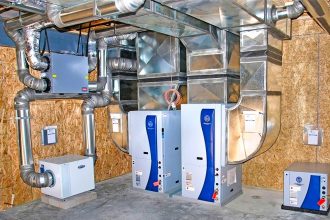
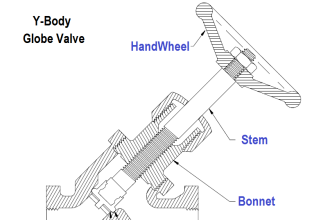

How to convert field value to engineering value